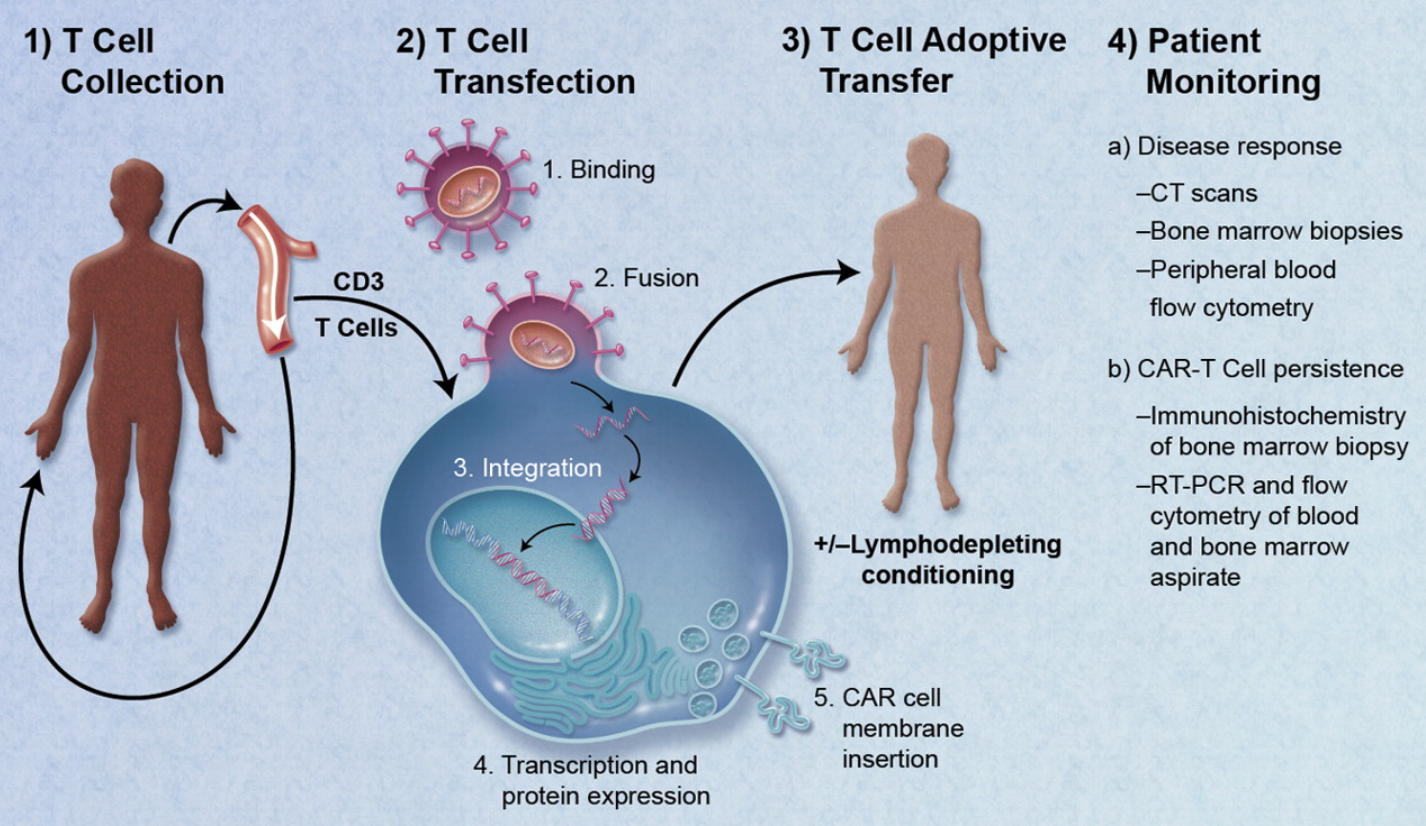Table of Contents

[/image][=video]
[/video]
There are many sorts of stem cells. In general, the term stem cell describes a group of cells that trigger other cells (like skin, blood, heart, and muscle mass cells) by reproducing and differentiating in reaction to chemical hints. Totipotent stem cells show up at the earliest stage of development and are the only stem cells which can generate beginning stem cells and the placenta.
Bone marrow transplant (BMT) is an unique therapy for patients with particular cancers or various other illness. A bone marrow transplant includes taking cells that are generally found in the bone marrow (stem cells), filtering those cells, and offering them back either to the contributor (person) or to another person. The objective of BMT is to transfuse healthy and balanced bone marrow cells right into a person after his or her very own harmful bone marrow has actually been treated to kill the irregular cells.
The blood cells that make other blood cells are called stem cells. The most primitive of the stem cells is called the pluripotent stem cell.
It is the stem cells that are required in bone marrow transplant. The objective of a bone marrow transplant is to heal many conditions and sorts of cancer. When the dosages of radiation treatment or radiation required to heal a cancer cells are so high that a person's bone marrow stem cells will be completely damaged or ruined by the treatment, a bone marrow transplant may be required.
Perimenopause Treatment
This process is usually called rescue. Change bone marrow with genetically healthy operating bone marrow to prevent more damages from a genetic disease process (such as Hurler's disorder and adrenoleukodystrophy). The threats and advantages have to be weighed in a comprehensive discussion with your doctor and professionals in bone marrow transplants prior to the treatment.
There are various types of bone marrow transplants depending on that the contributor is. The various sorts of BMT include the following: The donor is the individual himself or herself. Stem cells are taken from the patient either by bone marrow harvest or apheresis (a procedure of collecting peripheral blood stem cells), frozen, and afterwards offered back to the individual after intensive therapy.
The contributor shares the exact same hereditary kind as the individual. Stem cells are taken either by bone marrow harvest or apheresis from a genetically matched contributor, usually a sibling or sis. Other contributors for allogeneic bone marrow transplants may consist of the following: A haploid-identical suit is when the contributor is a parent and the genetic match is at least half identical to the recipient.

Matching includes inputting human leukocyte antigen (HLA) cells. The antigens on the surface area of these unique white blood cells establish the genetic make-up of a person's immune system. There are at least 100 HLA antigens; however, it is believed that there are a few significant antigens that determine whether a contributor and recipient suit.
Medical research is still exploring the function all antigens play in the procedure of a bone marrow transplant. The more antigens that match, the much better the engraftment of donated marrow. Engraftment of the stem cells happens when the donated cells make their method to the marrow and start making new members cells.
Menopause Therapy around Marquette, Michigan
All individuals work with each other to offer the ideal possibility for a successful transplant. The group consists of the following: Medical care providers who specialize in oncology, hematology, immunology, and bone marrow hair transplant.
Experts who will assist you meet your nutritional demands prior to and after the transplant. Numerous various other group members will certainly examine you before hair transplant and will give follow-up treatment as required.

A complete clinical history and physical examination are done, consisting of multiple tests to evaluate the client's blood and organ functions (for instance, heart, kidney, liver, and lungs). A person will typically enter into the transplant facility up to 10 days before transplant for hydration, evaluation, placement of the central venous line, and various other prep work.
Blood products and medicines will certainly be provided with the catheter during treatment. For an allogeneic transplant, a suitable (tissue typed and matched) benefactor has to be available. Locating a matching donor can be a tough and extensive procedure, particularly if a brother or sister suit is not readily available. Volunteer marrow contributors are signed up in a number of national and global registries.
Donor sources available include: self, sibling, moms and dad or family member, nonrelated individual, or umbilical cable from an associated or nonrelated individual. There are nationwide and global windows registries for nonrelated individuals and cable blood. Some relative might be entered due to the need to assist. These family members might or may not elect to have their kind registered for use with other recipients.
Hormone Therapy local to Marquette, Michigan
Examinations connected to his or her wellness, direct exposure to viruses, and genetic analysis will certainly be done to determine the extent of the match. The contributor will be offered instructions on exactly how a bone marrow contribution will be made. As soon as a suit for a client requiring a bone marrow transplant is located, after that stem cells will certainly be accumulated either by a bone marrow harvest.
Or by an outer blood stem cell collection. This is where stem cells are collected from the circulating cells in the blood.
Navigation
Latest Posts
Stem Cell Therapy in Marquette, Michigan
Hormone Therapy around Marquette, Michigan
Menopause Therapy